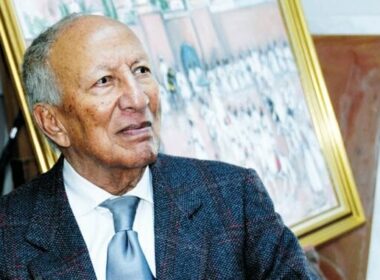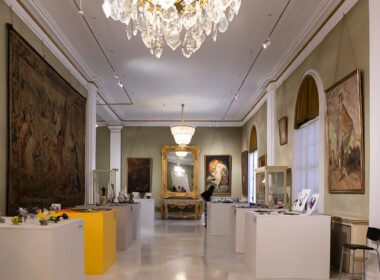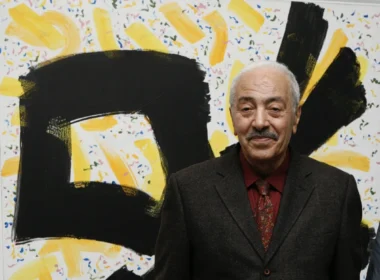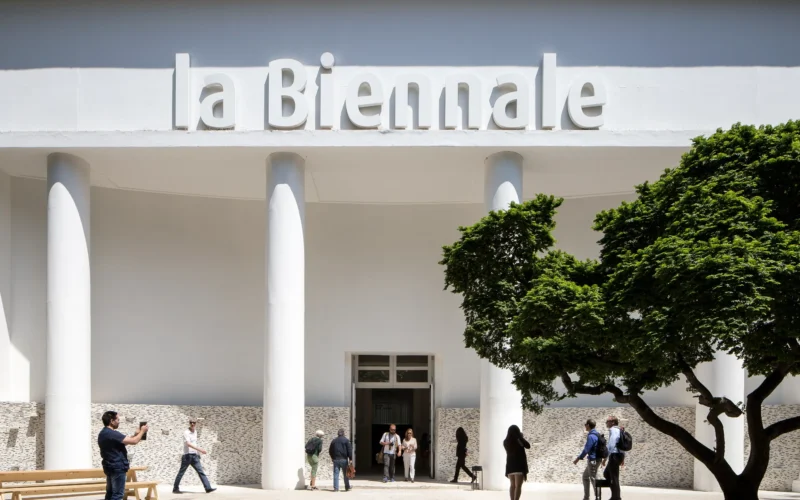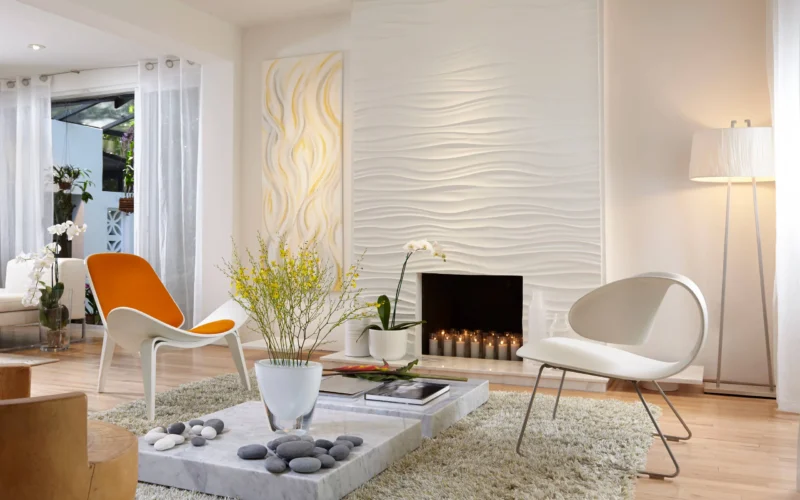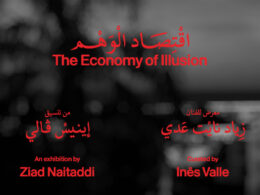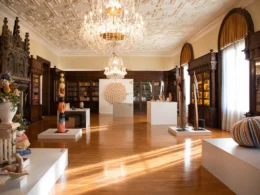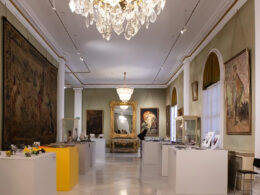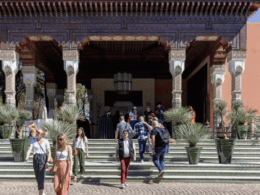The 19th International Architecture Exhibition of La Biennale di Venezia, scheduled from May 10 to November 23, 2025, promises to be a significant event, especially with the notable participation of Arab and Middle Eastern countries. This year’s theme, “Intelligens. Natural. Artificial. Collective,” curated by Italian architect and engineer Carlo Ratti, explores the intersection of architecture with natural and artificial intelligence, emphasising collective approaches to contemporary challenges.
Table of Contents
Qatar’s Historic Debut in the Giardini
For the first time in three decades, a new nation will establish a permanent pavilion in the Giardini della Biennale: Qatar. This initiative follows a Protocol of Cooperation signed between Qatar Museums and the Municipality of Venice in June 2024, aiming to strengthen cultural and socio-economic ties between Qatar and Italy.
The inaugural exhibition, titled “Beyti Beytak. My home is your home. La mia casa è la tua casa.”, will be commissioned by H.E. Sheikha Al Mayassa bint Hamad bin Khalifa Al Thani and organised by the forthcoming Art Mill Museum. A highlight of this exhibition is the “Community Centre” installation by renowned Pakistani architect Yasmeen Lari, which will be showcased at the future site of the Qatar Pavilion, adjacent to the iconic Book Pavilion in the Giardini. Additionally, ACP-Palazzo Franchetti will host works by over 20 modern and contemporary architects from the Middle East, North Africa, and South Asia (MENASA) region, bridging historical and contemporary architectural narratives.
United Arab Emirates: Addressing Food Security Through Architecture
The United Arab Emirates (UAE) continues its active engagement with the Venice Architecture Biennale. For the 2025 edition, the UAE Pavilion will be curated by Emirati architect and scholar Azza Aboualam, an Assistant Professor at Zayed University. The exhibition titled “Pressure Cooker” will delve into the evolving relationship between architecture and food production in arid environments, proposing innovative solutions for sustainable food practices. This research-based approach aligns with the broader Biennale theme, examining how urban spaces can adapt to and mitigate climate challenges.
Morocco: “Materiae Palimpsest”
Representing Morocco, architects Khalil Morad El Ghilali and El Mehdi Belyasmine introduce “Materiae Palimpsest,” an exhibition that seamlessly blends tradition with modernity. This immersive experience invites visitors to explore the art of earth construction, a technique deeply rooted in Moroccan heritage. By redefining the perception of collective intelligence, the pavilion emphasizes sustainable building practices and the enduring relevance of ancestral knowledge in contemporary architecture.
Saudi Arabia: “The Um Slaim School: An Architecture of Connection”
Saudi Arabia’s pavilion, titled “The Um Slaim School: An Architecture of Connection,” is a collaborative effort by Riyadh-based Syn Architects, led by partners Sara Alissa and Nojoud Alsudairi, under the curation of Beatrice Leanza. This exhibition delves into Riyadh’s architectural heritage, focusing on themes of identity, ecology, and urban development. It proposes an alternative pedagogical platform that intertwines spatial narratives with materiality, fostering a collective reimagining of urban spaces. The pavilion serves as a living archive and interactive site, promoting participatory frameworks for envisioning resilient and adaptive urban futures.
A Platform for Cultural Diplomacy and Innovation
The participation of Arab and Middle Eastern countries in the Venice Architecture Biennale 2025 underscores the region’s commitment to cultural diplomacy and architectural innovation. Qatar’s establishment of a permanent pavilion in the Giardini not only marks a historic milestone but also provides a platform to showcase the rich architectural heritage and contemporary practices of the MENASA region. Similarly, the UAE’s focus on pressing global issues like food security through architectural discourse highlights the nation’s proactive approach to addressing global challenges.
Morocco’s emphasis on traditional materials and craftsmanship, along with Saudi Arabia’s forward-thinking approach to urban development, further enrich the Biennale’s narrative. These exhibitions offer visitors a rich tapestry of architectural discourse, bridging history, sustainability, and technological advancements.
As the Biennale approaches, attendees and observers can anticipate a diverse array of exhibitions and dialogues that reflect the dynamic and evolving architectural landscapes of the Arab and Middle Eastern world.



